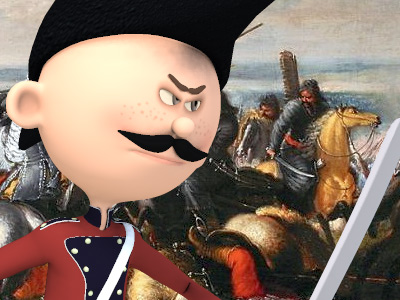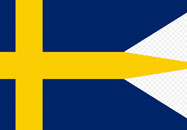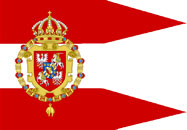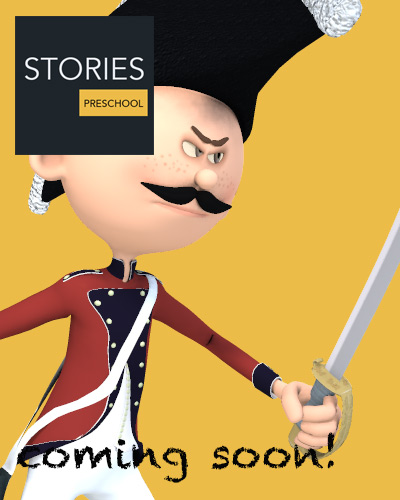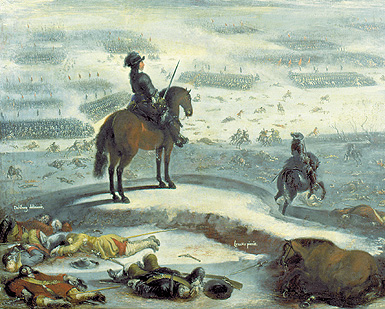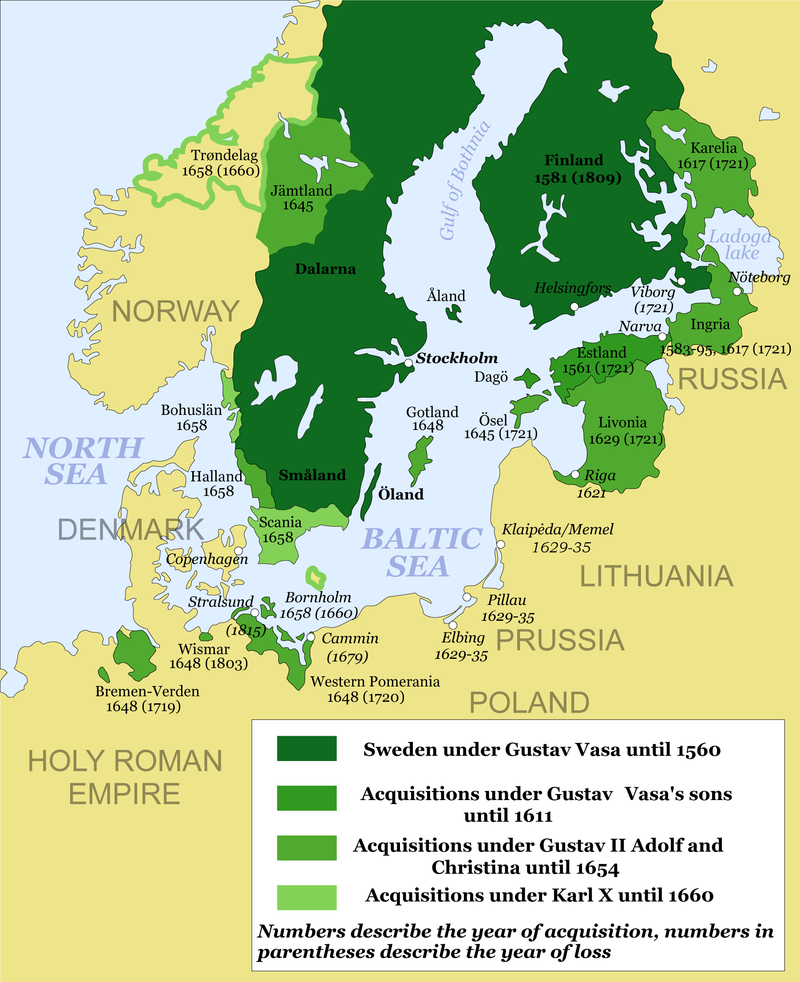Second Northern War (1655–1660)
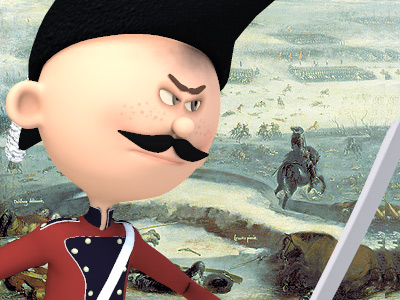
Prelude
In 1648, the Peace of Westphalia had ended the Thirty Years' War, during which the Swedish Empire emerged as a major European power. In the Torstenson War, a theater of the Thirty Years' War, Sweden had defeated the former Baltic great power Denmark. Sweden had been at peace with Russia since the Treaty of Stolbovo had ended the Ingrian War in 1617. Sweden had remained in a state of war with the Polish–Lithuanian Commonwealth since the Polish–Swedish War (1626–29), which was concluded by the repeatedly renewed truce (Altmark, Stuhmsdorf).
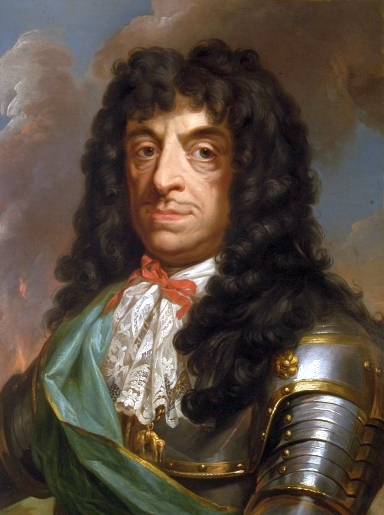
On the other hand, the Commonwealth, under king John II Casimir Vasa since 1648, experienced a crisis resulting both from the Cossack Khmelnytsky Uprising in the southeast and from the paralysis of the administration due to the internal quarrels of the nobility, including feuds between the king and the Lithuanian hetman Janusz Radziwiłł and feuds among disagreeing sejmiks who had been able to stall each other's ambitions with the liberum veto since 1652. As a consequence, the Commonwealth lacked a sufficient defense.
In January 1654, the anti-Polish alliance of Pereiaslav was concluded between the rebellious Cossack Hetman Bohdan Khmelnytsky and Alexis of Russia, who was in control of a well-equipped army that was undergoing modernization. In 1654, when Charles X Gustav succeeded his cousin Christina on the Swedish throne, Russian forces were advancing into the unprotected Commonwealth, and by focusing on the northeast these drew close to the Swedish sphere of interest at the Baltic coast. Seeing the great success on the Russian side, Sweden also decided to intervene, among other reasons using the explanation that it was to protect the Protestant population in Poland. Having a close relationships with the Prince of Transylvania, Sweden had intentions to defeat the Catholic Poland. Sweden also drew the rising Cossack Hetmanate to its side that stood in the strong opposition to the Polish government and promised military support if the Cossacks will break with the Russians. Bohdan Khmelnytsky sent an expedition headed by the Kiev colonel to Halychyna which soon turned back due to mutiny within its ranks. The leader of Hetmanate did not participate in actions due to poor health conditions.
Sweden, at that time an expansionist empire with an army designed to be maintained by the revenues of occupied territory, was conscious that a direct attack on her main adversary Russia could well result in a Dano-Polish–Russian alliance. Also, Sweden was prevented from forming a Swedish–Polish alliance by the refusal of John II Casimir to drop his claims to the Swedish crown and the unwillingness of the Polish–Lithuanian nobility to make the territorial and political concessions an alliance with Sweden would eventually cost, final negotiations in Lübeck during February 1655 ended without a result. Thus, Sweden opted for a preemptive attack on the Polish–Lithuanian Commonwealth to occupy its yet available territories before the Russians.
HISTORY
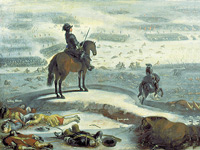
RESOURCES
This article uses material from the Wikipedia article "Second Northern War", which is released under the Creative Commons Attribution-Share-Alike License 3.0.
© Stories Preschool. All Rights Reserved.
